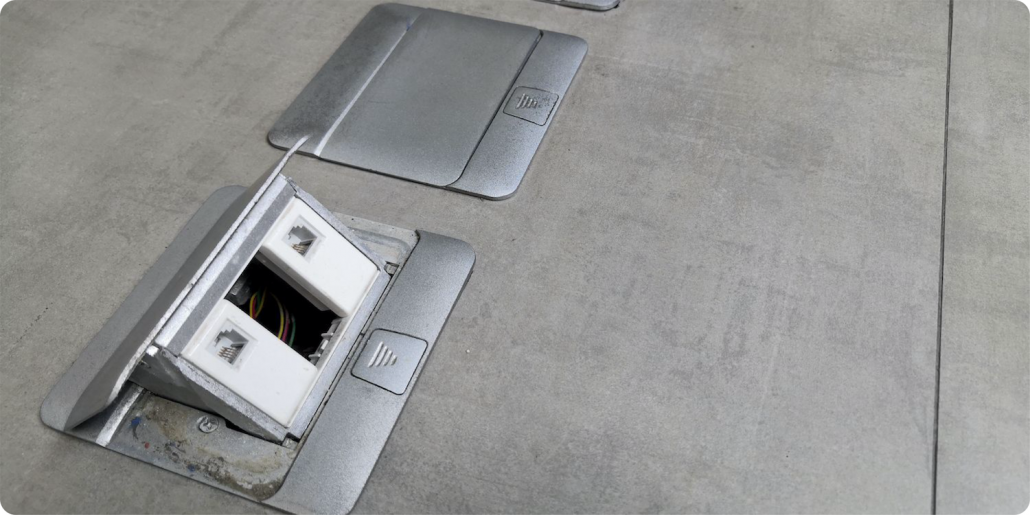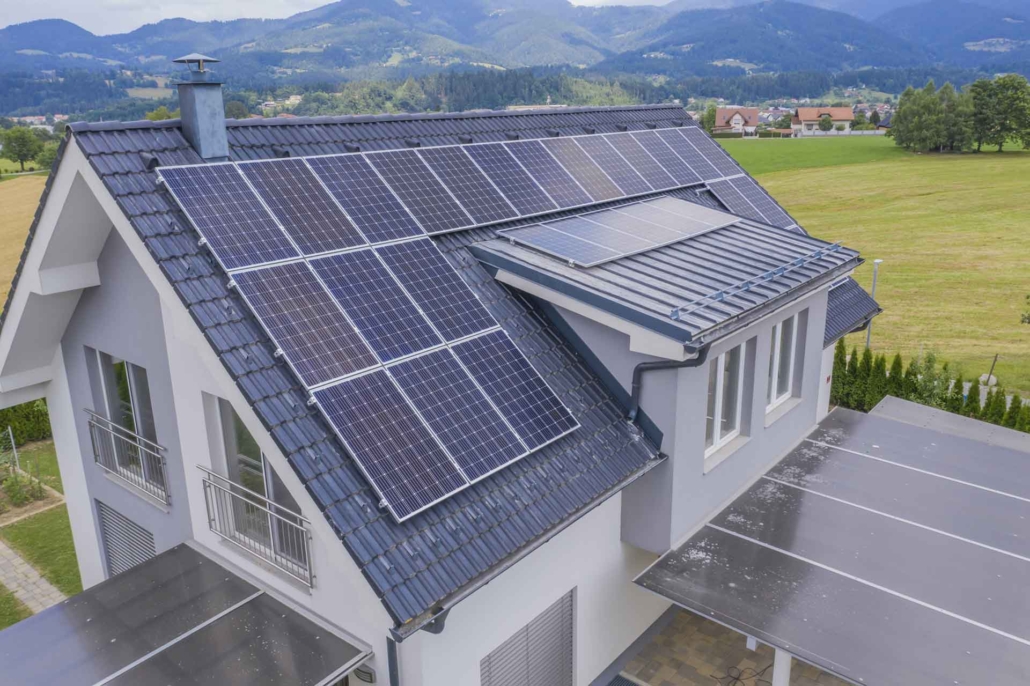April 1, 2021 | Cristina Dinulescu
People take electricity for granted, as it’s one of those things you use every day without giving it too much thought. You flip a switch and electricity is there, you flip again, and it’s gone. The current within an electrical system flows continuously, and it is the setup that controls its distribution. This is known as electrical wiring, and it can differ greatly from one location to another, especially from a residential to a commercial one.
Not every building can be used as a commercial building, even though, on the outside, residential and commercial properties may look very much alike. When you strip them down to bare bones, it becomes more obvious why not all places can be used for commercial purposes. There are many differences, but one important disparity is the commercial electrical wiring.
Wiring is for an electrical system what the blood supply is for a body. If it’s not properly installed, a property faces many risks, from losing power to even fires. The flow of electricity is controlled by the electrical panel, which ensures the whole system is not overloaded, but also that it’s sufficiently powered. Residential properties and commercial ones have very different needs when it comes to electrical loads. There are other key differences between the two, here are the main three:
1. Electrical Wiring Material
One of the most notable differences between residential and commercial electrical wiring is the type of material used. In a residential property, the wiring is usually installed in the crawl space or the attic. Because of that, it’s essential that the wires be covered in a plastic sheath, which is generally made out of PVC. The PVC sheath has the purpose of protecting residents from electrical shock.
The situation is different in a commercial property. Usually, commercial wiring is more out in the open, therefore it’s mainly placed in tubes, which have the purpose to protect the area around the wiring.
The way the electrical wiring is placed is not the only difference. In residential properties, the wires are thin and narrow, which makes it easy for them to be encased in the plastic sheathing. In a commercial property, the wiring is thicker and wider, which is why it is contained in tube-like conduits. In some cases, it’s contained in ceiling rafters, which provides both protection and ease of use. This is important because commercial locations change more often than residential ones, therefore the wiring needs to be placed in easily accessible areas to be serviced.
2. Electrical Wiring Setup
Due to the fact that residential and commercial properties need different electrical loads, the system is set up differently as well. For instance, a commercial building will use a three-phase system setup, while a home will only require a single-phase configuration.
The three-phase system setup in commercial locations uses two smaller legs of wires, and each leg conducts 120 volts. The third one is a wider wire that is able to run 208 volts. The single-phase system in a residential property is strong enough to power a home and provide electricity to meet the needs of a household. This configuration has one negative wire, one positive wire and the neutral.
A notable difference between the setup in a commercial building and a house, aside from the electrical wiring configuration, is the importance attributed to aesthetics. In a home, safety and aesthetics are the most important things when designing the electrical system, which is why wiring is tucked away in the crawl space or the attic.
On the other hand, commercial properties don’t place that much value on aesthetics. Ease of access is the most important factor to consider, as electricians might need to go in and fix issues or install upgrades more often.
3. Phase Design & Load
As mentioned above, commercial buildings require different loads compared to residential properties. While the main phase design for a home is the 120 volts single phase power that is sufficient for most of the household needs, more powerful appliances will require a 240-volt circuit. These are usually refrigerators, air conditioning units or dryers.
The phase design for commercial building is the three-phase system, with two legs operating at 120 volts, and the third one at 208 volts. This means that each leg operates at a lower load, while supplying more energy to the final device. Therefore, in a commercial location, the overall efficiency is greater, and the large commercial equipment thus lasts longer.
The bottom line is that a house doesn’t require a huge amount of power, but there is an excess demand in commercial properties, which is also why commercial wiring usually has more insulation. Generally, this insulation is known as TTHT, which stands for thermoplastic, high heat resistant, nylon coated. This type of insulation protects wires against corrosive liquids and gases.
Proper insulation is important for residential properties as well, as it helps protect the structure against fire risks. However, since it doesn’t operate at the same high voltage as commercial wiring, it doesn’t need the same type of insulation.
The right electrical upgrade can dramatically improve the value and appearance of any home or business. You’ll be amazed at what a difference the right electrical upgrade can make for your home or business. Make sure that when you select an electrical company to do the enhancement of your home and you have decided to take your enhancement to the level where you require an electrical upgrade that the technician at the company has a good working knowledge and the experience to properly guide you in this area.
When you decide to upgrade, our well-trained and certified electricians have all the experience and training needed to complete your electrical panel upgrade project from start to finish, with a minimum of fuss or disturbance. Please contact us right away at 310-800-2401








